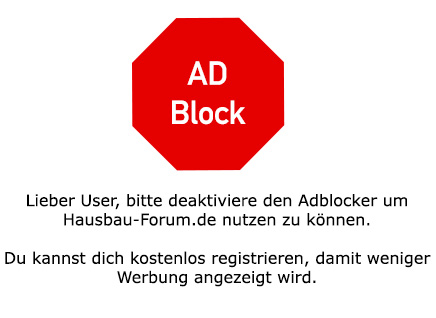"Our current plan is simply to pay the lowest possible rate, continue to put the rest into our already existing portfolio, and then, depending on the interest rate level after the fixed interest period, simply pay off the remaining debt in full. According to my Excel repayment plans, this is the best way for us to optimize risk/return. The rising interest rates of course make this more uncomfortable, but for now (let's see for how long) we have enough buffer to manage it. We would also have 1-2 years left for the financing, but currently we rather don’t expect it to get 'better'."
Sure, if you pay 2% interest at the bank and make an average of 5-6% after taxes with ETFs/securities, it of course makes a lot of sense over the long term. If you watch carefully and can liquidate 1-3 years before the end of the fixed interest period if necessary, so you don’t have to sell at the bottom if it falls then.
But there are only very, very few banks (countable on one hand) that still offer less than 2% amortization.
And you should think carefully about it right now.
Either I accept the higher interest rate in a few months with 1% amortization, or maybe a lower interest rate with 2% amortization would be possible now?
There are these "interest rate trend barometers," I find them interesting... What do they say currently?
The tendencies for the next 4 weeks:
Interest rates falling, probability: 0% (1-2 weeks ago this was still a 10% probability)
Interest rates staying the same, probability: 30%
Interest rates rising, probability: 70%
Mid-term, i.e. 6-12 months:
Interest rates falling, probability: 0%
Interest rates staying the same, probability: 10%
Interest rates rising, probability: 90%
